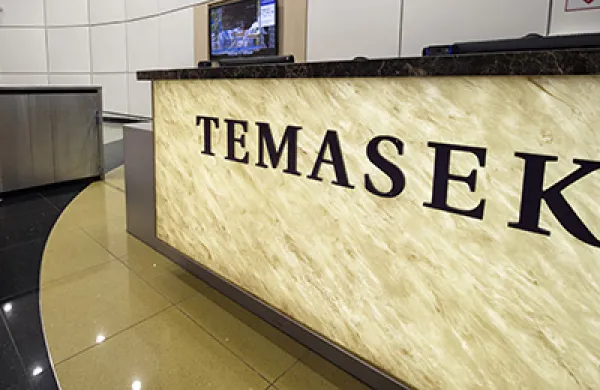Within the world of large institutional investors, venture capital is back.
For years CIOs have said they’re not interested. As they remind me, the top ten or so venture firms enjoy such large structural advantages over other general partners — name-brand GPs attract top entrepreneurs that want to show they are worthy of the name brands — that these partnerships easily and consistently outperform everybody else. While that’s great for both general and limited partners in these funds, many have long been closed to new LPs. As a result, and especially since the clean-tech bubble burst, most LP Giants have focused their attention on other alternative asset classes, such as real estate, private equity, and infrastructure.
Faced with anemic public market returns, many Giants are now returning to venture capital — but not via the same, misaligned access points that soured their prior experiences. Indeed, all the Giants I know are looking for more aligned, and even scalable, models through which to access the asset class. Take Saudi Arabia’s Public Investment Fund, which last year made a $50 billion commitment to a single technology fund: Such a bold move probably sounds and looks crazy to anybody with eyes and ears — yet given the existing dynamics in the venture industry, setting out to do VC from scratch in 2017 may demand a little extra dose of LP crazy.
Saudi’s PIF isn’t alone in thinking far outside the box. For example, the Oman Investment Fund recently seeded a $200 million fund with the idea of importing Silicon Valley incubators to the Middle East. Singapore’s Temasek has a wholly owned subsidiary, Vertex, that makes direct investments in technology start-ups globally. Ontario Municipal Employees Retirement System has its very own venture platform, which is so mature that it actively sells itself to other pension funds. Some funds have taken a blunter approach, writing big checks to clear venture winners: The Qatar Investment Authority raised eyebrows in 2014 when it wrote a nine-digit check to Uber. This seemed crazy until Saudi’s PIF wrote Uber a ten-digit check in 2016. Even Australia’s Future Fund has gotten into the mix, leading a venture deal in early January.
I could go on with more examples, but let’s just leave it here: The Giants are returning in hopes of achieving alignment of interests and privileged access. I’ve managed to decipher two key principles underpinning their strategy:
First: distressed opportunities. Some Giants — in particular those in the Middle East — acquired stakes in top GPs during the financial crisis from struggling peers in America. While that’s tough to replicate at scale, the notion of using distress is actually spot-on. Instead of a financial crisis, LPs can use the distress facing a rookie GP. As one insider recently told me, “Every first-time manager is, almost by definition, a distressed manager. And it’s in those moments of distress that a smart LP can secure better terms.” I couldn’t agree more, and it’s why seeding is an effective way to coax aligned terms out of a GP.
Second: competitive advantages. Some Giants have been cultivating their own competitive advantages in order to secure privileged access. This is ultimately what Saudi’s PIF is doing: If a $50 billion commitment doesn’t get you amazing terms, then I give up on life. Similarly, UC Ventures, which is a $250 million platform seeded by the University of California’s investment office, sought to cultivate the advantage of UC’s privileged position in California. Also, this is what the Wellcome Trust — a charity entirely devoted to medical research — did when it seeded a $325 million fund focusing on biotechnology start-ups. These organizations have thought hard about their own competitive advantages and now endeavor to use them to receive better terms and privileged access.
Many Giants are setting up shop in the San Francisco Bay Area — such as Malaysia’s Khazanah, Singapore’s GIC, and Queensland’s QIC — with the hope that a local presence will result in better outcomes. It probably will, but not for the reasons people think. Being local gives them more chances to capture distressed opportunities, such as spotting a potential manager to put in business, and to better position their own competitive advantages to entrepreneurs and managers in the Silicon Valley — because it’s through distressed opportunities and demonstrated competitive advantages that doors will open and deals will flow.






